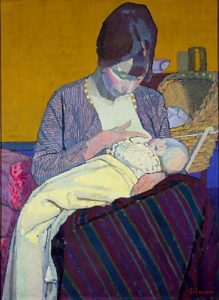Harold Gilman was born on February 11, 1876 in Rode, Somerset, United Kingdom.
1876 - 1919
Harold Gilman
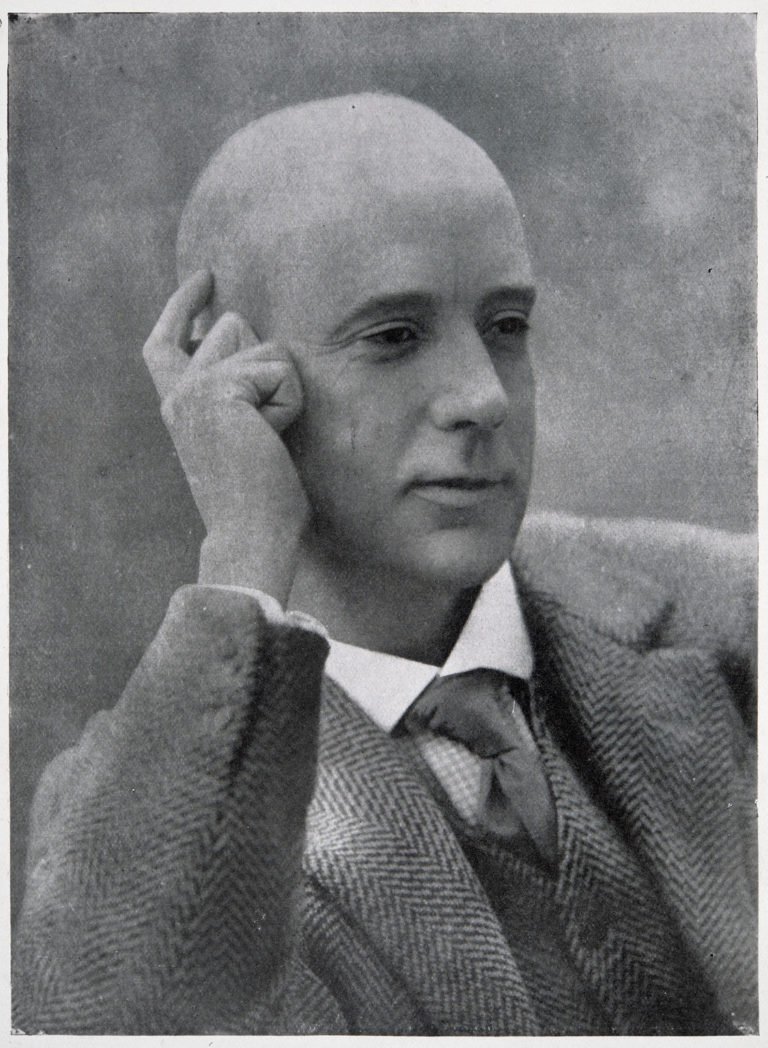
description
An Outstanding English artist, portraitist, bright representative of British Post-impressionism.
Harold John Wilde Gilman, was born into the family of the rector of Kent University. After graduating from the college and studying at Oxford, he worked in Ukraine (Odessa) as a teacher in the family of a British diplomat.
Harold Gilman is known as one of the creators of the Camden Town group. It was a fairly influential association of English artists and innovators who gathered in the art studio of Walter Sikkert from 1911 to 1914 in the London area of Camden and arranged exhibitions of modern art.
In addition to portraiture, the artist created many landscapes. The most famous of them is “The bridge over the canal, Flekkefjord” (1913) created under the influence of the paintings of Van Gogh.
Key ideas:
– The work of Harold Gilman is distinguished by an amazing unity of style, rigor and solidity, a vivid individuality. He was an innovative artist who fought for the freedom of expression in art. As art critic Frank Rutter recalled, Gilman was “an incorruptible Puritan who did not recognize any half measures, no bargaining, but firmly stood for radical reforms”, and, consequently, “for the formation of a new society.”
– Painting by Harold Gilman is realistic. Painting mostly portraits and scenes in the interior, the artist calls his method “Neo-realism”. In his works, he tries to show the essence of the character in real life, exposing it on the canvas in all aspects.
– The artist called himself “Neo-realist”, trying to truthfully convey reality using modern art methods. These are local, open colors of painting, distinct planes modeling the shape. Gilman is known for his depictions of harsh social realities, everyday characters of everyday life in London.
– As his heroines, he chose not shining socialites preferred by John Singer Sargent or Sir William Orpen, but people more modest in social status. For example, he often painted portraits of his wife and children, his housekeeper and landlady in London.
– The most characteristic portraits of Gilman depict figures in rather closed home interiors; the artist uses strong color and two-dimensional modeling, which are inherent in Post-impressionism. At the same time, he achieves a believable, touching and frank resemblance to a living model.
1876
1897
1904
1907
1910
1911
1912 - 1913
1916 - 1917
1919
The birth of the artist
Studied painting at the Slade School of Fine Arts
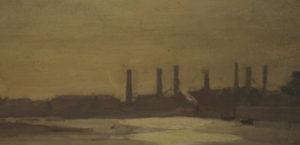
He traveled to Spain
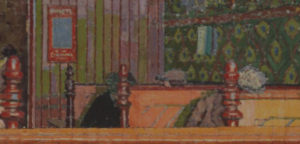
Was one of the founders of the artistic group "Fitzroy Street"
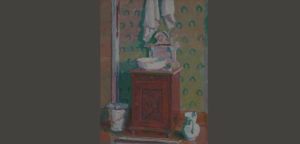
Visited the exhibition "Mane and Post-Impressionists"
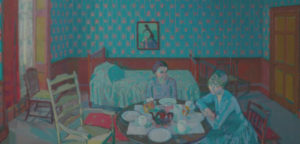
"Camden Town"
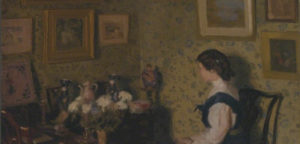
He made a trip to Scandinavia
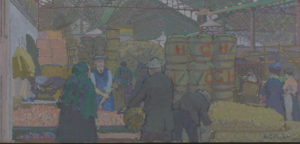
Created his most famous paintings
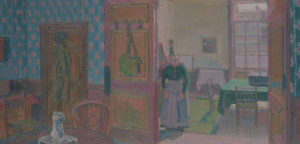
The death of the artist
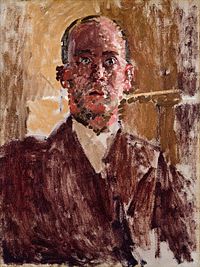
Harold Gilman
On Artist
flow
Impressionism
Post-impressionism
friends
Walter Sickert
Spencer Gore
Wyndham Lewis
Walter Bayes
Augustus John
Henry Lamb
Charles Jeanne
John D. Turner
Malcolm Drummond
Duncan Grant
Duncan Grant
James Dixon Innes
William Ratcliffe
artists
Paul Cezanne
Vincent Van Gogh
Henri Matisse
Paul Gauguin
Francisco de Goya
Diego Velazquez
By Artist
flow
Fauvism
friends
Jean Edouard Vuillard
James B. Manson
Robert Bevan
Lucien Pissarro

